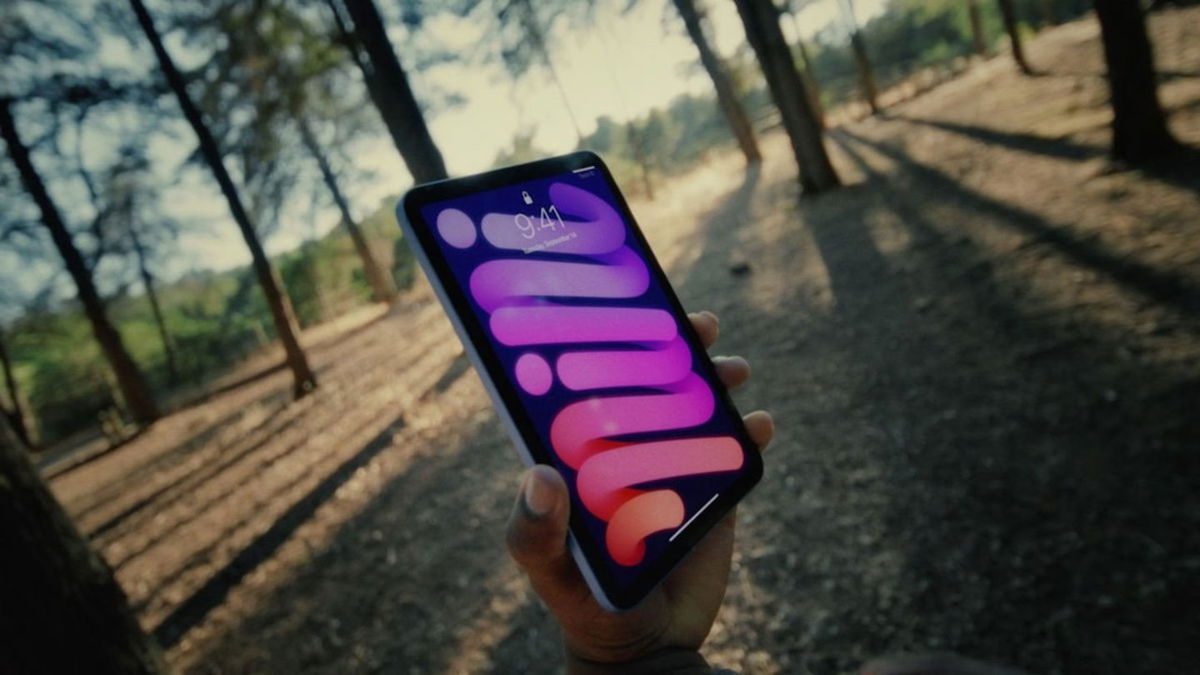auroras They are usually typical for places near the Earth’s poles. The northern lights form at the north pole, and the southern lights form in the south. However, last May, auroras formed in places much further away. Even in Spain We were able to enjoy the northern lights. This was an exceptional event caused by an episode of high solar activity. When it all happened, they warned that the show could be repeated throughout this year as we are close to the peak of our star’s current cycle of activity. And it’s possible that a new opportunity to see the aurora will emerge this weekend.
The solar cycle lasts approximately 11 years old. During this time, solar activity gradually increases, reaches a peak and begins to fall again. The higher the solar activity, the more likely it is that auroras will form away from the poles. We are currently in a fairly intense solar cycle and, to make matters worse, close to its peak.
Large detected sunspot which could eject a coronal mass in the coming days. This means that a large number of charged particles will be abruptly released, which, when interacting with gas molecules in our atmosphere, can form the northern lights.
How are auroras formed?
Sunspots are areas on the surface of our star where magnetic activity is very high. The magnetic field in these regions is approximately 2,500 times greater than that of Earth. So intense and concentrated that it prevents the flow of hot gas formed on the Sun from moving towards the surface. This results in them being much colder areas than their surroundings. When observed from Earth through telescopes, they look like dark spots. That’s why they are called spots.
The more active the Sun is, the more sunspots there are. It is in these places that they usually form. flares and coronal mass ejections. The former are very intense bursts of radiation, while the latter are an ejection of electrically charged plasma.
The flares can interfere with telecommunications and Earth’s electrical systems, and charged plasma particles can cause auroras.
This is because they excite gas molecules in our atmosphere, causing them to eject energy in the form of visible light. Its colors depend on the excited gas. Oxygen emits photons in the red and green range, while nitrogen emits photons in the blue and violet range. There are also variations depending on height.
This is because the red photons released along with the oxygen take almost two minutes to release. If during this time an excited atom collides with another, the process will stop and the photon will not come out. At higher levels of the atmosphere, there is less oxygen concentration, so it is more likely that photons will escape without collision. Something completely different happens with green photons, as they are released in less than a second. It doesn’t matter how many atoms are together, since light is emitted before they collide. Therefore, green color predominates in the lower layers of the atmosphere.
What’s happening on the Sun now?
In recent days, astronomers have discovered a very active sunspot. This is already causing very clear consequences on Earth. For example, recently there was a radio blackout in Hawaii. We have already seen that radiation can interfere with telecommunications.
If a large amount of radiation is released, a large amount of coronal mass may also be released. The Northern Lights usually form at the poles because Earth’s magnetic field It prevents charged particles from entering our atmosphere. The magnetic field is greater thick in the center and weakens towards the ends. Therefore, at the poles, charged particles can intersect without problems.
Now, if solar activity is very intense, so many charged particles can be ejected that even the thickest regions of the magnetic field will not be able to stop them. As a result, auroras form much further from the poles, as already happened in May. Experts believe that if the same thing happens, it will happen on the night of October 4-5. I mean now. This is not certain because auroras cannot be predicted 100%. But we have nothing to lose by going out and looking at the sky.
Source: Hiper Textual














